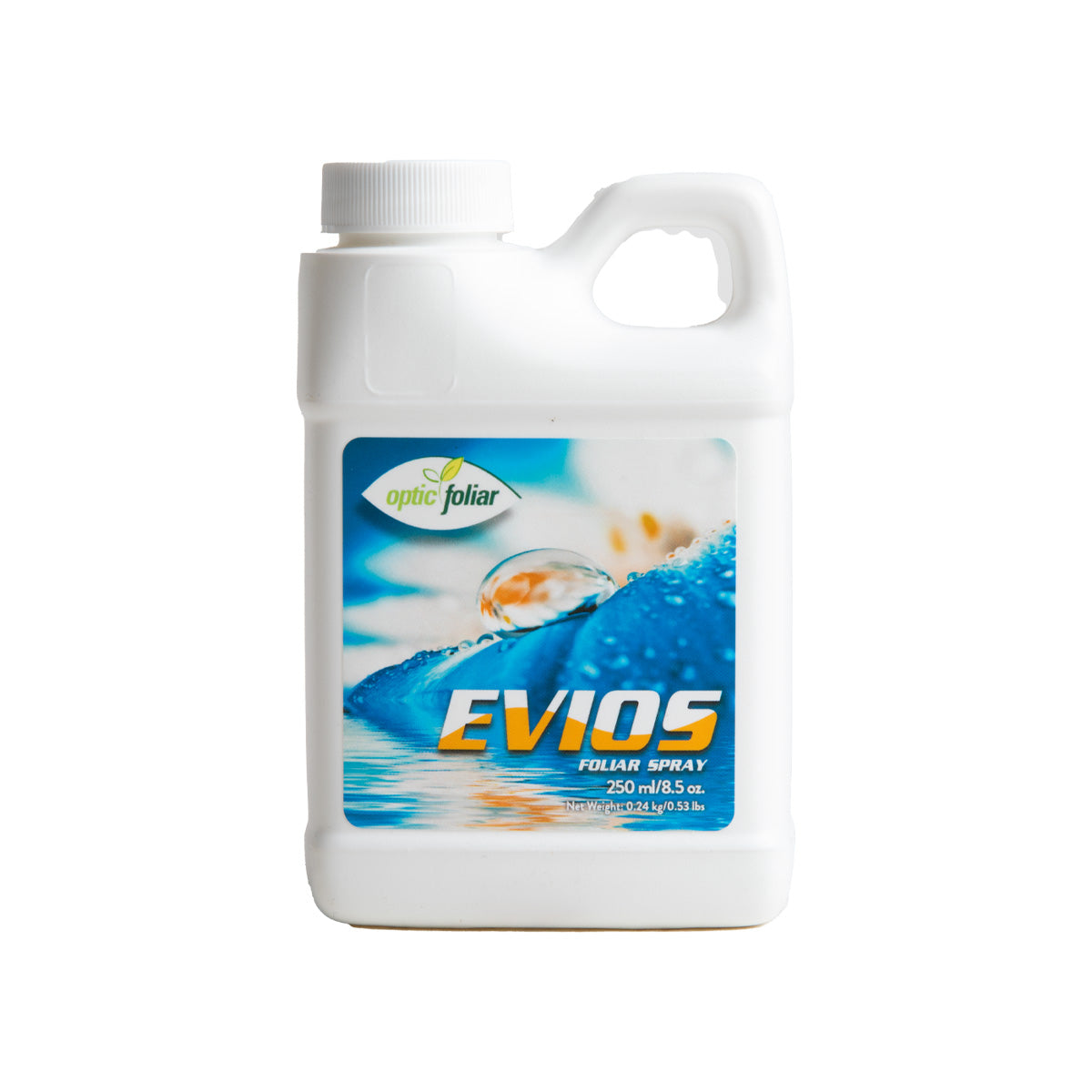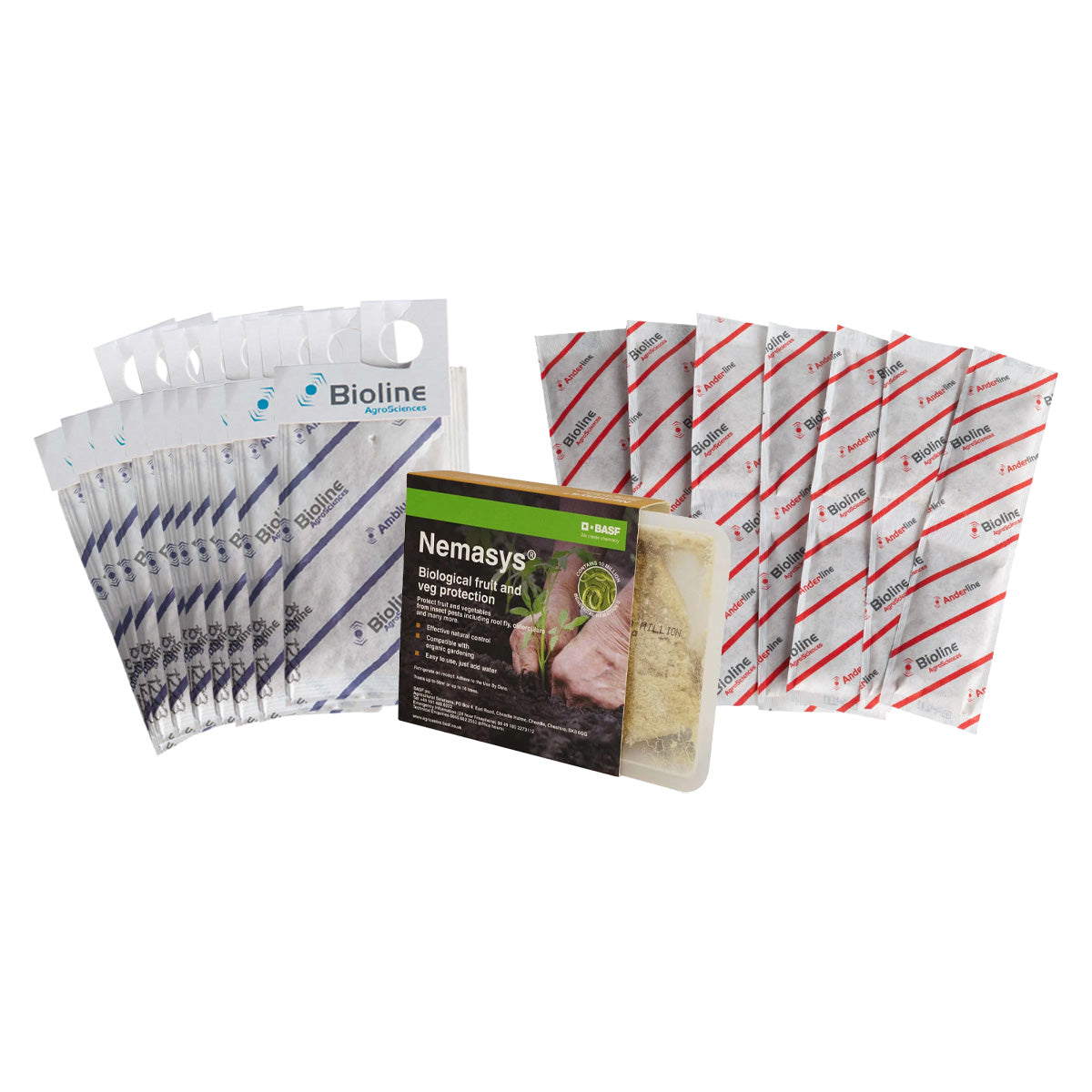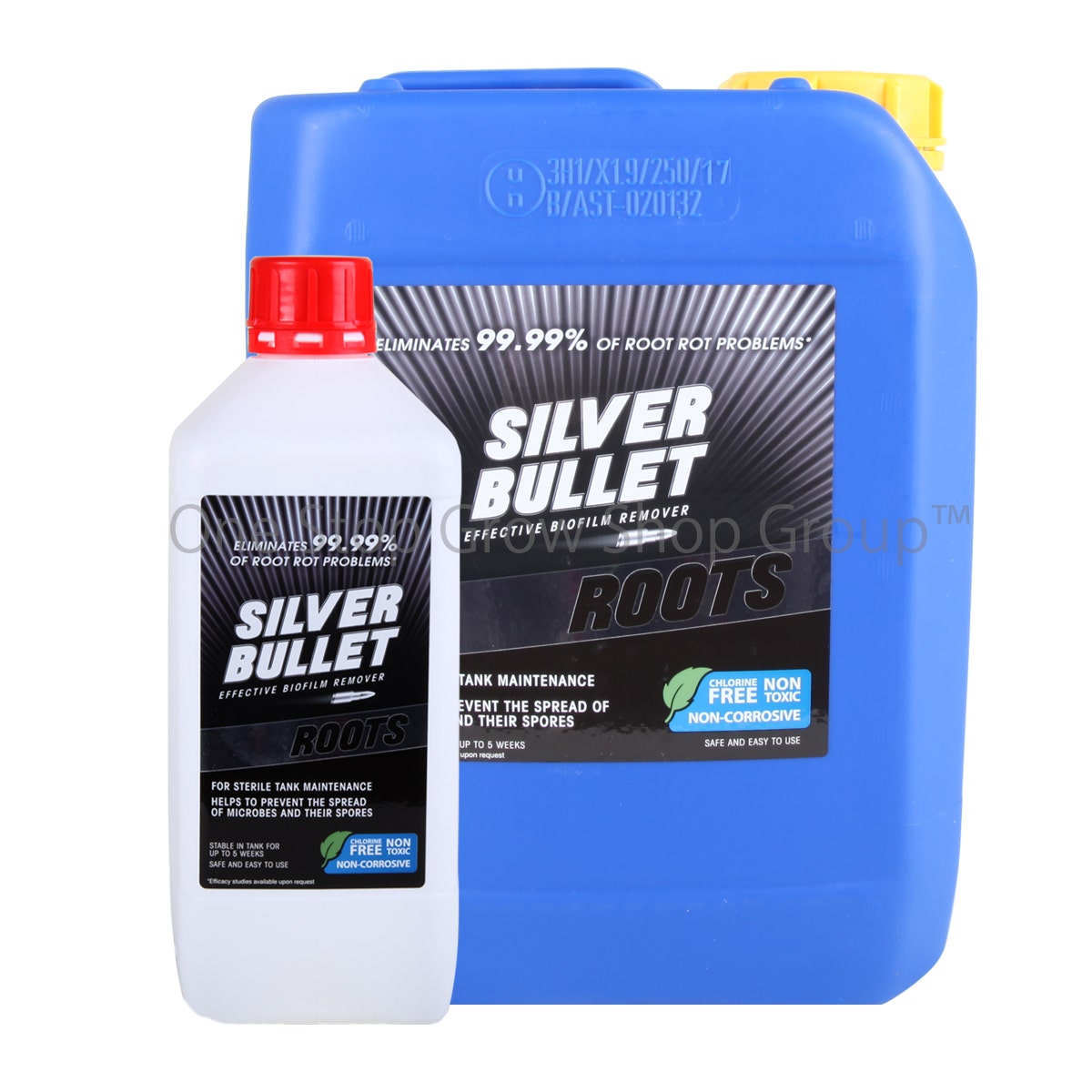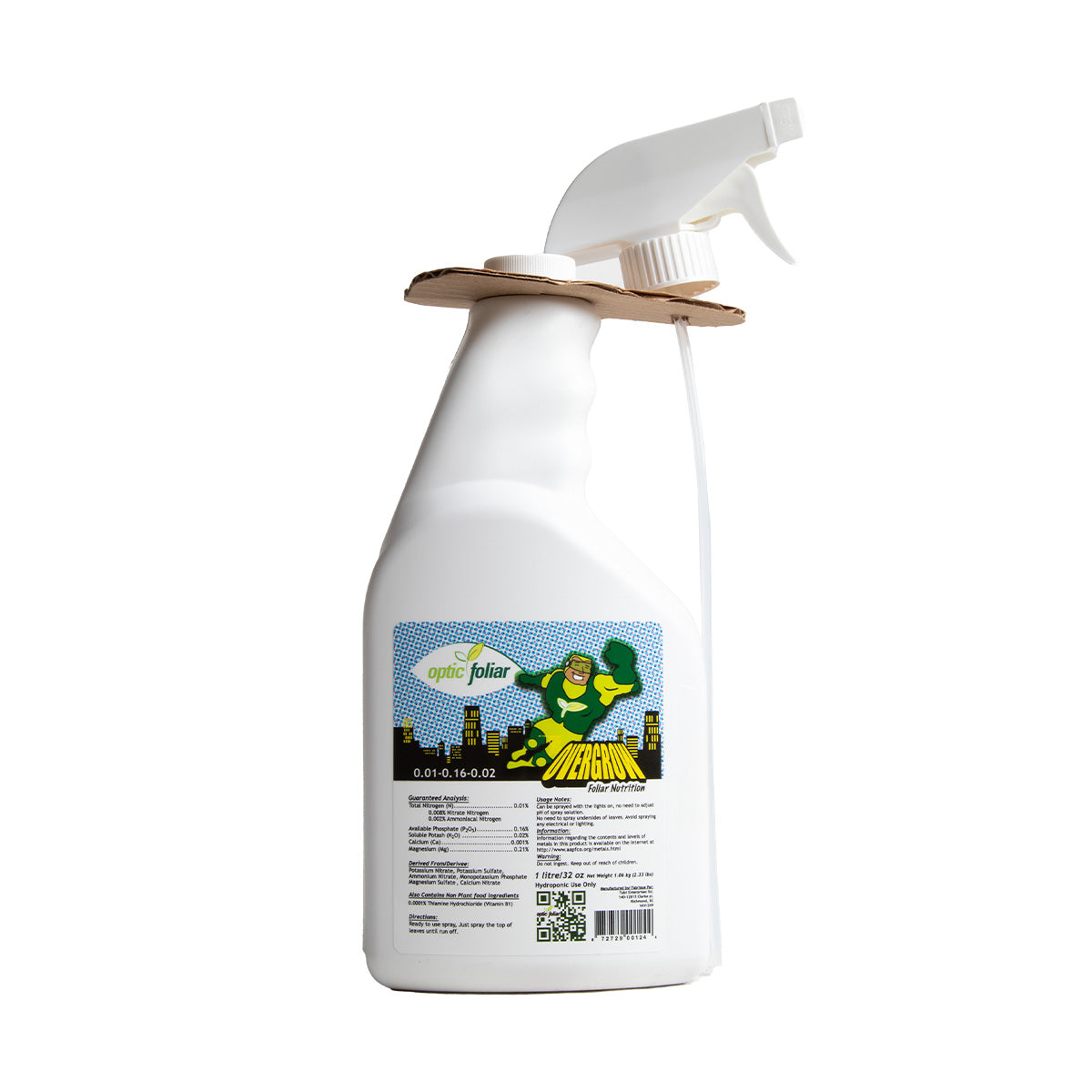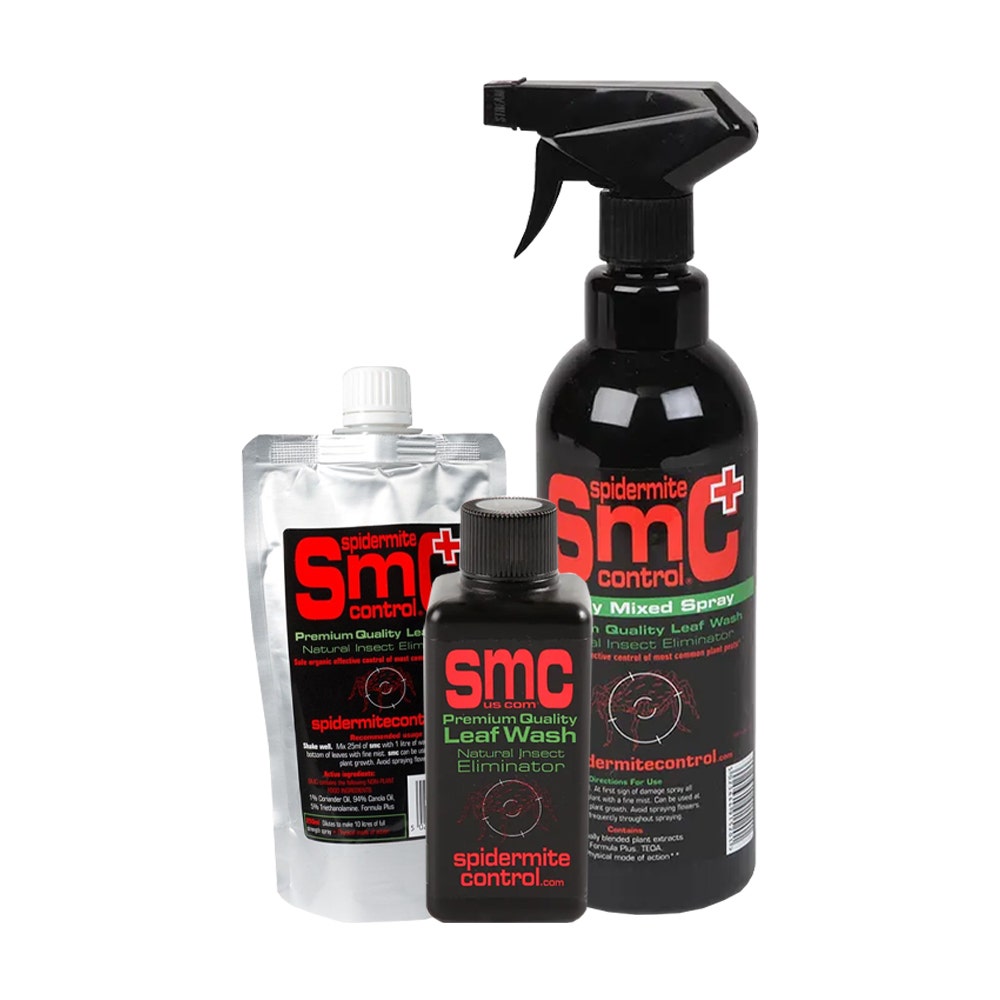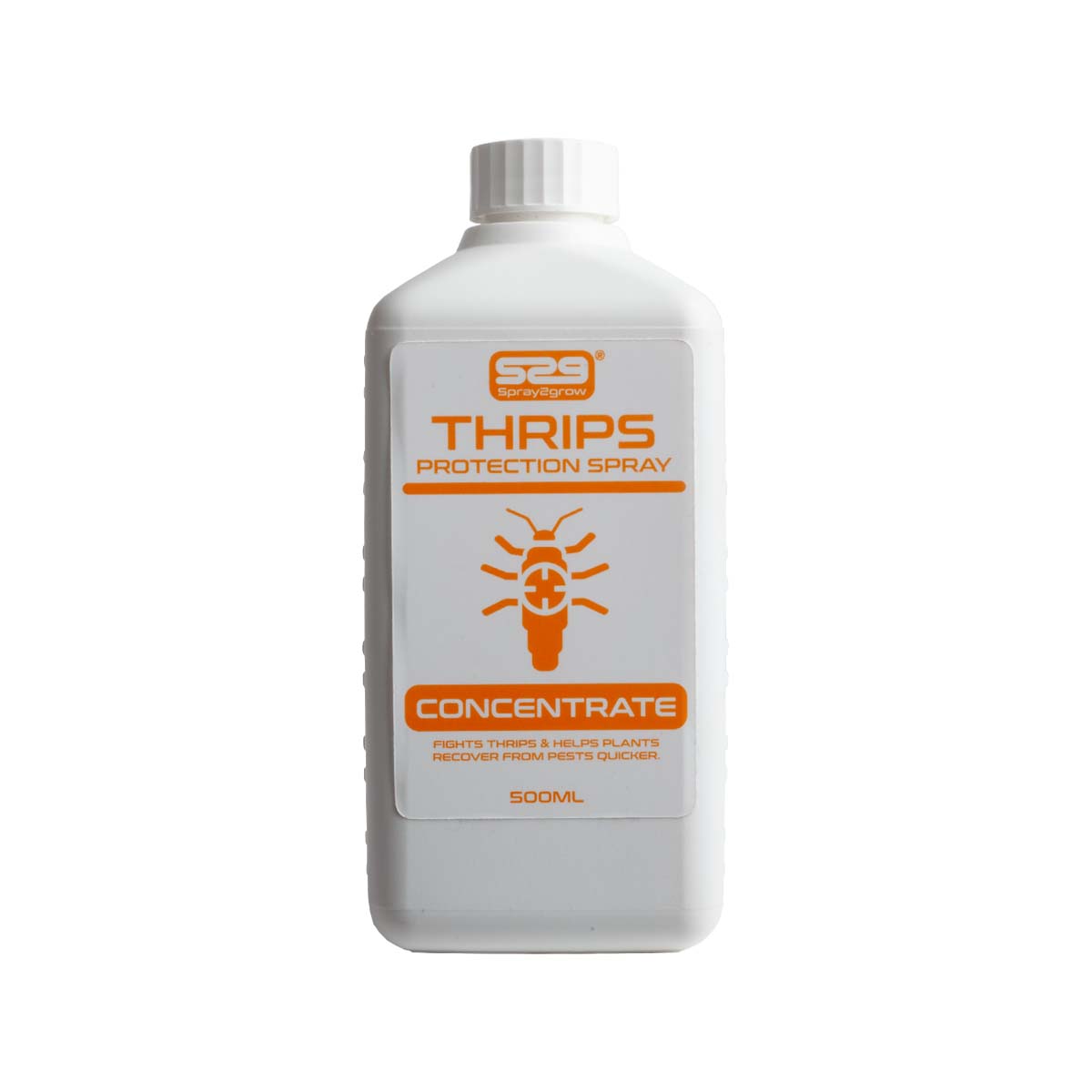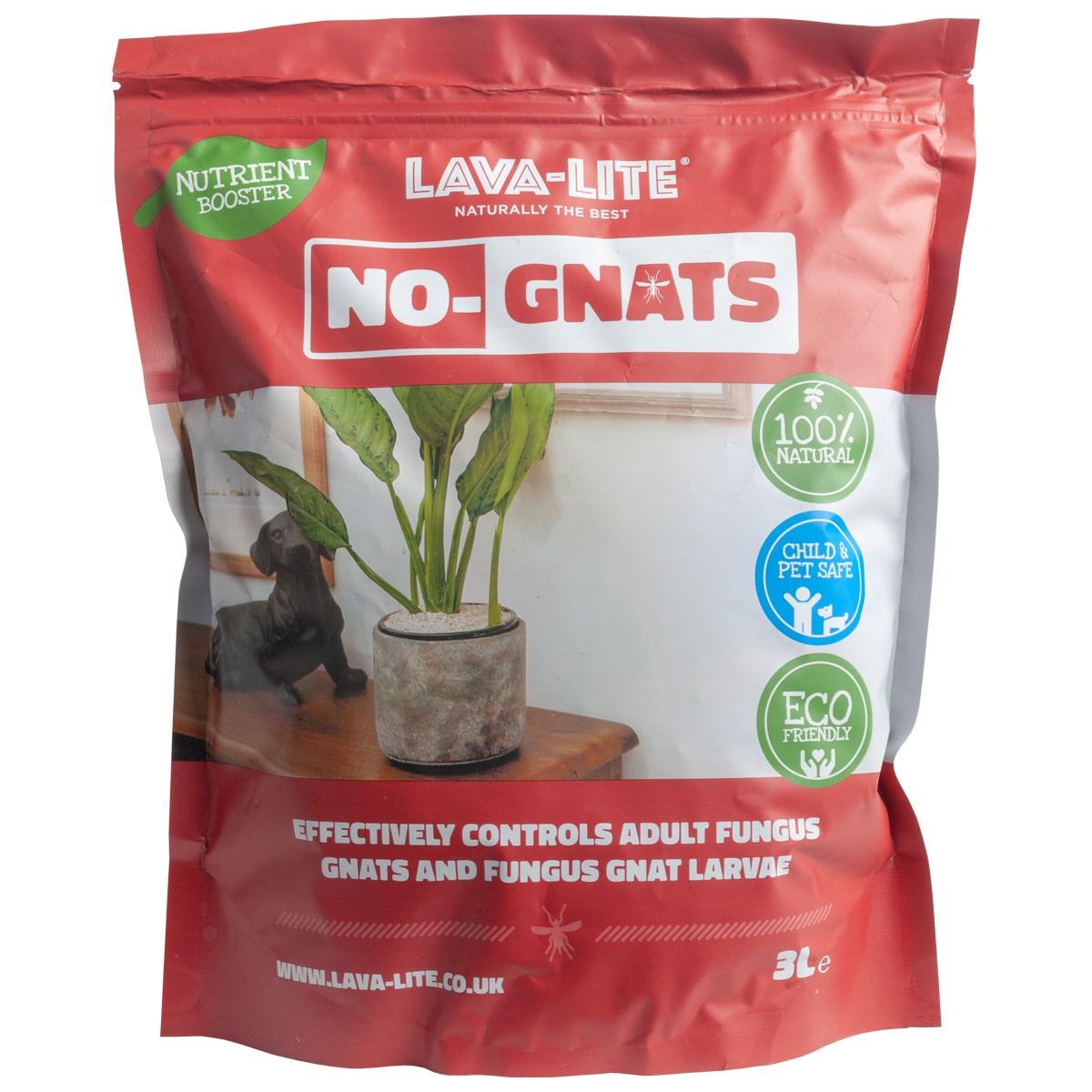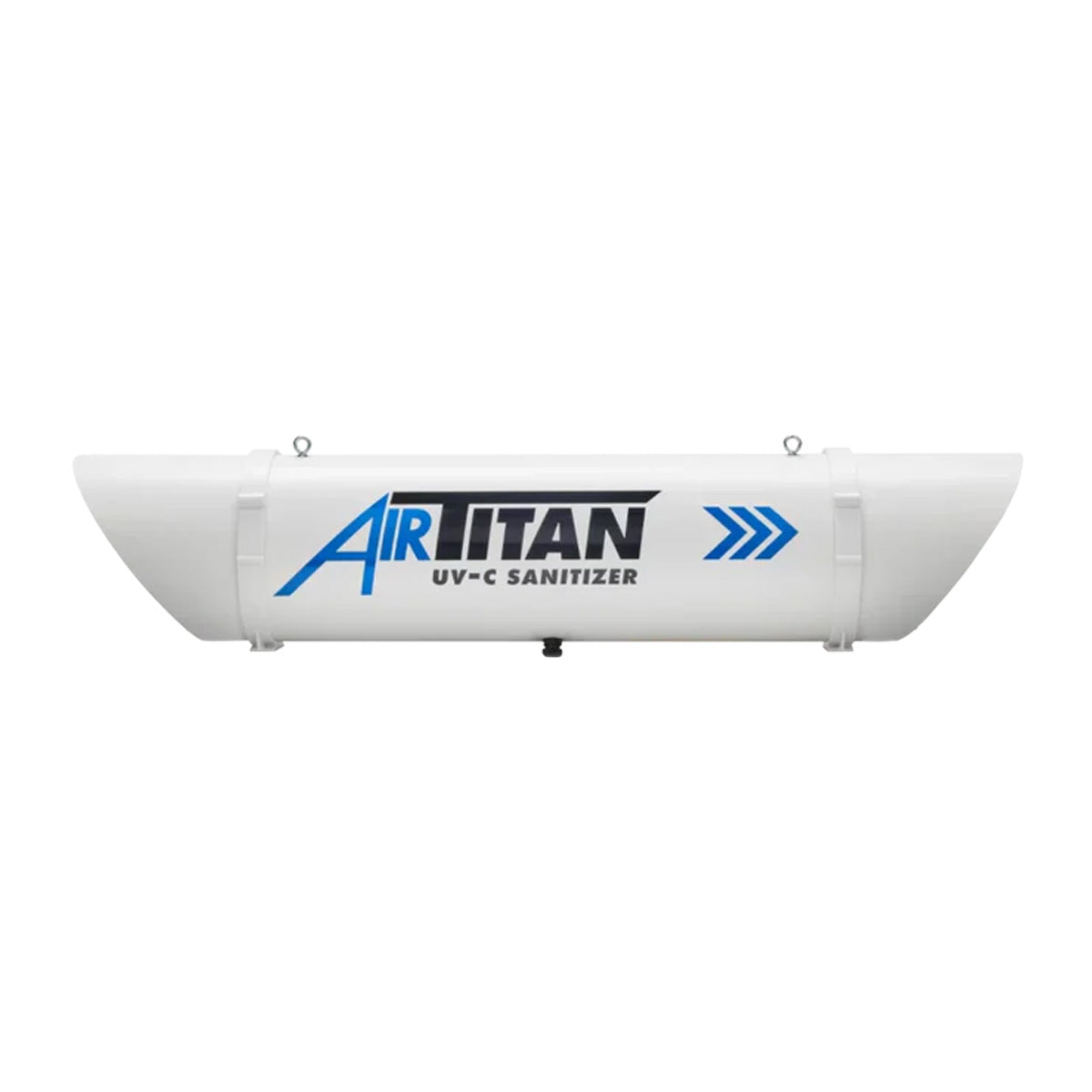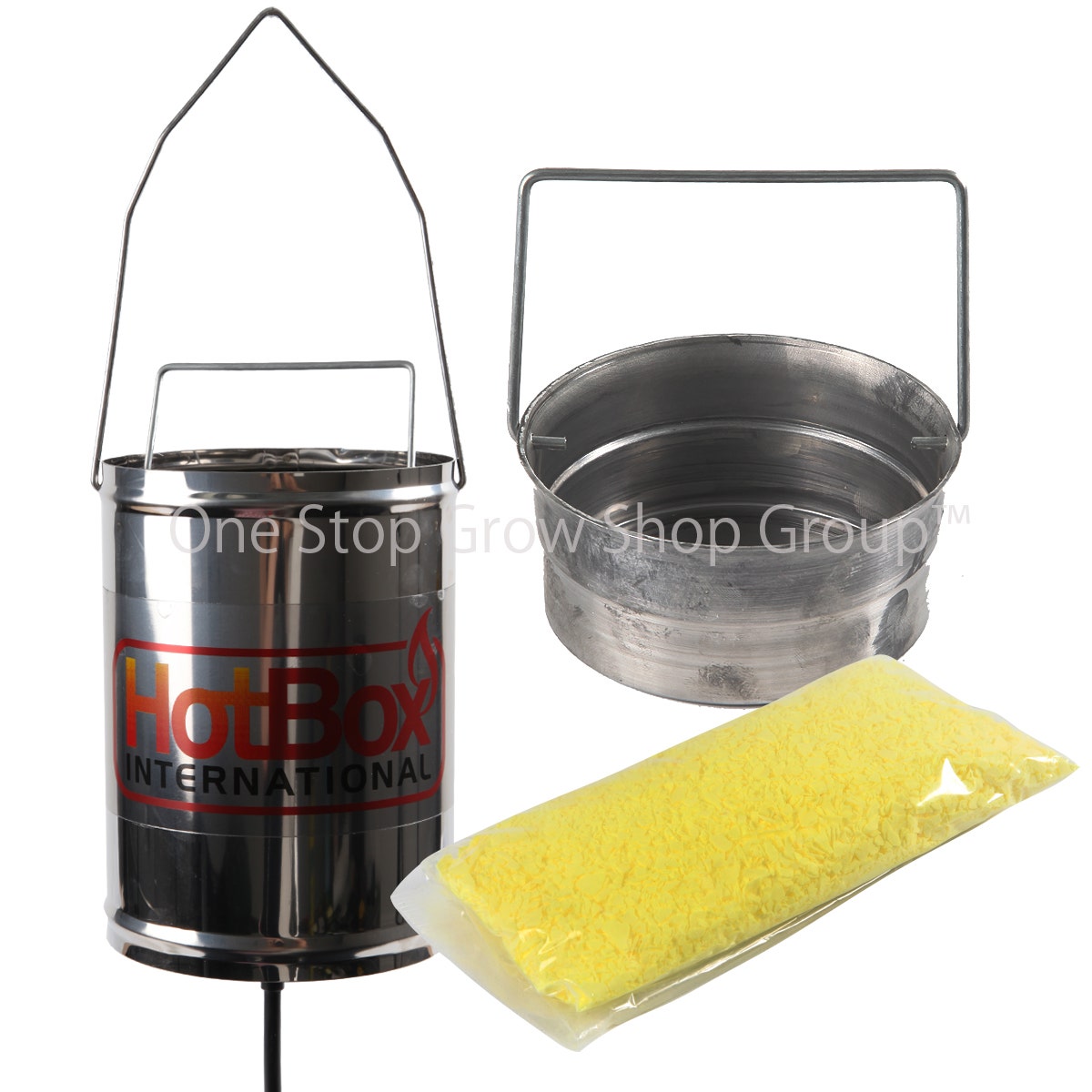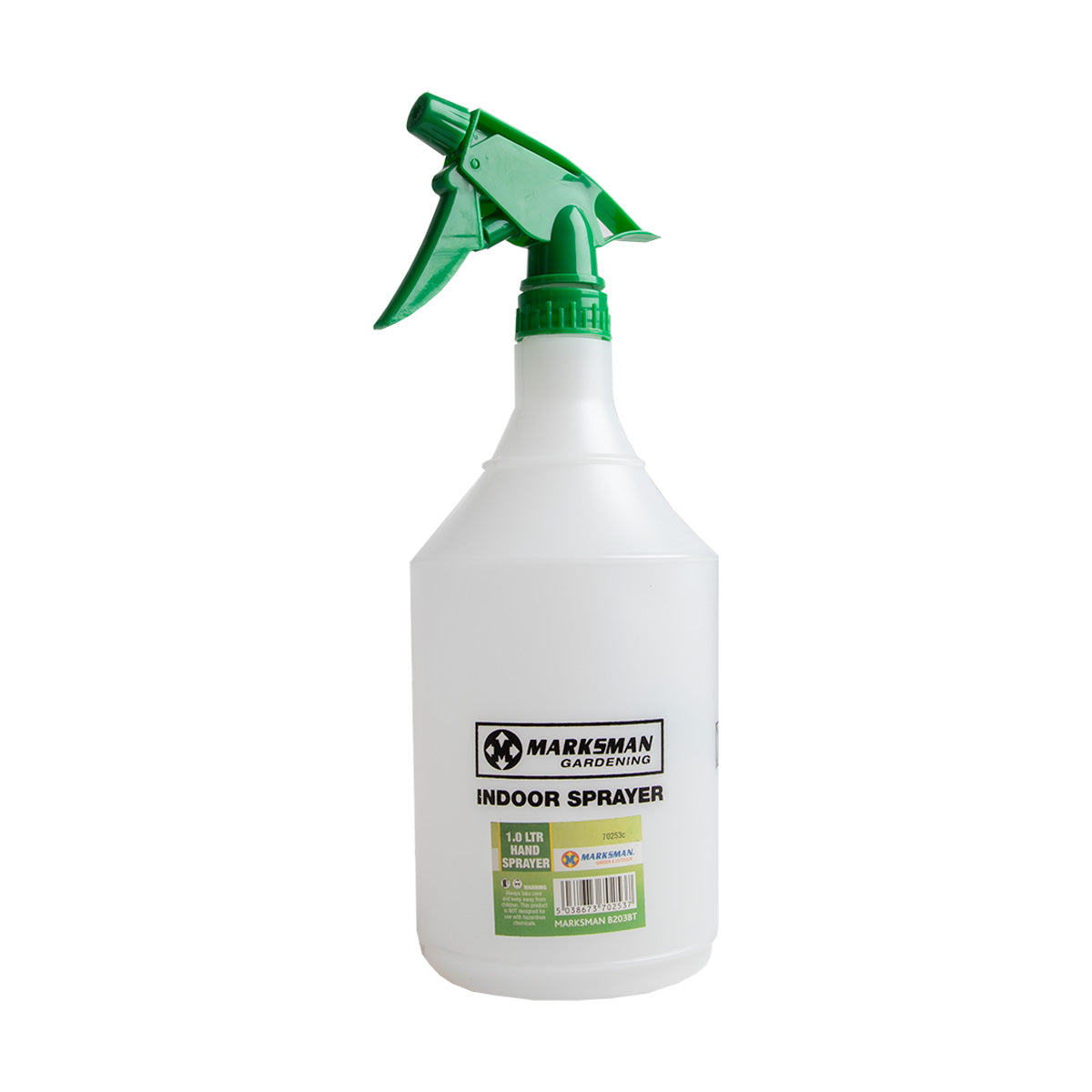Pest & Disease
Safeguard your plants for successful growth with our premium pest and disease control products, providing the ultimate defence against common grow room threats. From organic insecticides and fungicides to integrated pest management (IPM) solutions, these products are the most effective ways to keep spider mites, aphids, thrips, fungus gnats, russet mites, broad mites and many more pests at bay. Our selection includes biological controls like beneficial insects, plant-safe sprays, and preventive measures tailored for every stage of growth, keeping your garden vigorous and pest-free. Whether you’re dealing with a minor infestation, significant damage, or looking to prevent issues before they arise (which is what we recommend), these effective, easy-to-use solutions will help growers to maximise the health of their plants.
About Plant Pest & Disease Control
Plant Pest Prevention - Stay on Top of Garden Pests, Including Thrips, Spider Mites, Gnats, Aphids, Whiteflies, etc.
Thrips, spider mites, whitefly, greenfly, blackfly, leaf miners, aphids - they're all garden pests that can ruin a crop. The best way to deal with pests like these is to prevent them from getting into the grow room in the first place. Intake bug filters fit over the end of your fresh air intake fan or ducting, trapping pests before they get sucked in from outside.
Another method of prevention is to use natural deterrents. Many plants have evolved to produce natural compounds, essential oils, that have pests scurrying to escape. Essential oils (and other oils, like neem oil) are highly effective against pests, creating an extremely hostile environment. Use them on a regular schedule (a couple of times a week should be ample) and pests will simply not want to be there. Essential oils are completely safe to use around crops intended for human consumption.
- Integrated Plant Wash (IPW) - made with natural ingredients derived from essential oils, IPW targets a range of pests, including spider mites, aphids, thrips, whiteflies, and fungus gnats, while also managing fungal pathogens.
- BioBizz Leaf Coat - coats and protects your plants in a breathable skin that insects cannot penetrate.
- Cannacure - like BioBizz Leaf Coat in that it also protects your plants with a breathable skin.
Plant Pest Eradication - Take Out Pests in Double-Quick Time
If you are unfortunate enough to encounter an infestation, there are plenty of products to tackle the problem as quickly as possible. For crops that are intended for consumption you should choose a pesticide that is safe and formulated for the job. Some chemical pesticides are intended only for use with ornamentals such as shrubs and roses; the ones that utilise natural ingredients are generally perfectly safe.
Note that spider mite eggs are resistant to most general-purpose pest treatments. If you have an infestation of spider mites, you will usually need to treat your plants at least three times over the course of about ten days. This is required to break their egg-laying and hatching cycle.
- Pyrethrum 5EC - based on a substance found in chrysanthemums. Note that it is harmful to cats and aquatic life, so use it with caution. It breaks down rapidly, so produce will be safe to consume after just a few days.
- Insecto Smoke Bomb - a powerful fumer. Stay out of the grow space and keeps away when in use.
Introducing Beneficial Predators for Pest Control
If you're looking for an environmentally friendly way to control pests, then beneficial predators are the way to go. These live creatures won't harm beneficial insects or wildlife, and they will establish colonies in your growing environment, multiplying and providing ongoing protection that saves you money in the long run. Adding live predators as a preventative measure is a much better way to approach pests than to wait for signs of infestations.
- Thrip Predators (Amblyseius Cucumeris) - completely destroys thrip populations.
- Spider Mite Predators (Amblyseius Californicus) - loves to munch on eggs, larvae, nymphs, and adults.
Plant Moulds like Powdery Mildew and Botrytis (Rot)
When Powdery mildew spreads through plants it reduces photosynthesis and therefore plant growth and yields. Once botrytis and other types of mould have taken hold they are extremely difficult to eliminate. As with pests, prevention is overwhelmingly better than cure.
Mould Prevention
Humidity is key; maintaining moderate relative humidity (RH) (roughly 60% in veg and 50% in fruiting/flowering) will keep mould risk low. An extraction system will draw humid air out of the grow space and draw in fresh air. Every indoor grow space should have one. If all else fails, a dehumidifier may help, and don't forget to make sure that you have enough air circulation.
Stressed plants have weakened immune systems. Be very careful not to over or under feed your plants, don't let them wilt, and use a silicon additive to keep plants as robust as possible.
Another way of reducing mould risk is with an ozone generator. Ozone has a deadly effect on mould spores as well as bacteria, viruses and odours. However, it can be harmful to humans too in high enough concentrations. Make sure you get one with the correct output levels for the size of your grow space and turn it off for a while before tending your garden.
Eradicating Mould
If mould has already become a problem, there are products available that can treat the issue.
For Powdery Mildew:
- CX Horticulture PMT Powdery Mildew Treatment - tried and tested mildew treatment.
- Spray2Grow - Mildew Protection Spray - activates plants' defence systems against mould.
Root Diseases, like Pythium
Root diseases are no joke and unless you grow in DWC or Aeroponics you may not know it has taken hold until it is too late. Root fungal infections like Pythium turn healthy white roots into a slimy sludge and once that has happened the plant is pretty much doomed. Other types of root rot include: brown root disease (Phellinus noxius), white root disease (Rigidoporus lignosus), black root disease (Rosellinia pepo pat). Once root disease has taken hold, the plant becomes cut off from its source of water and nutrients.
Preventing Root Diseases
Root diseases thrive in low-oxygen and constantly wet environments. If you grow in a medium like soil or coco then be careful not to overwater. Always clean (and even sterilise) your pots between each grow. Always allow the medium to dry a little in-between waterings, and when you do water, aim for about 10-20% run off, as this helps to flush out waste products.
Choosing the right pot size is also very important: growing a small plant in a large pot can mean that the medium stays wet for too long. Adding perlite (or clay pebbles) can help with drainage, preventing clodding and compacting while keeping the medium oxygenated.
There are two main types of additive to combat root disease. The first type keeps the root zone sterile - almost all of these products are based on hydrogen peroxide (H2O2). The second type "inoculates" with beneficial bacteria and fungi.
Additives to keep the root zone sterile
- Liquid Oxygen - a tried-and-tested, peroxide-based reservoir tank steriliser.
- Silver Bullet Roots - definitely the best steriliser! The added silver stabilises the peroxide content, making it effective for weeks and weeks (rather than days)!
- Pythoff - chlorine-based steriliser.
- Alien Root Rot X - contains Hypochlorous Acid (HOCI), a safe and non-toxic bactericide, fungicide, virucide, and sporicide.
Note that sterilisation products will also kill off beneficial microbes, so the two types of additives should not be used together.
Our Favourite Additives for Biological Gardening
- Ecothrive Biosys - a potent formulation containing the best beneficial fungi and bacteria. Superb!
- Ecothrive Neutralise - this is a water conditioner that neutralises the chlorine & chloramine in tap water which inhibits/kills beneficial microbes. Every organic gardener should use it!
